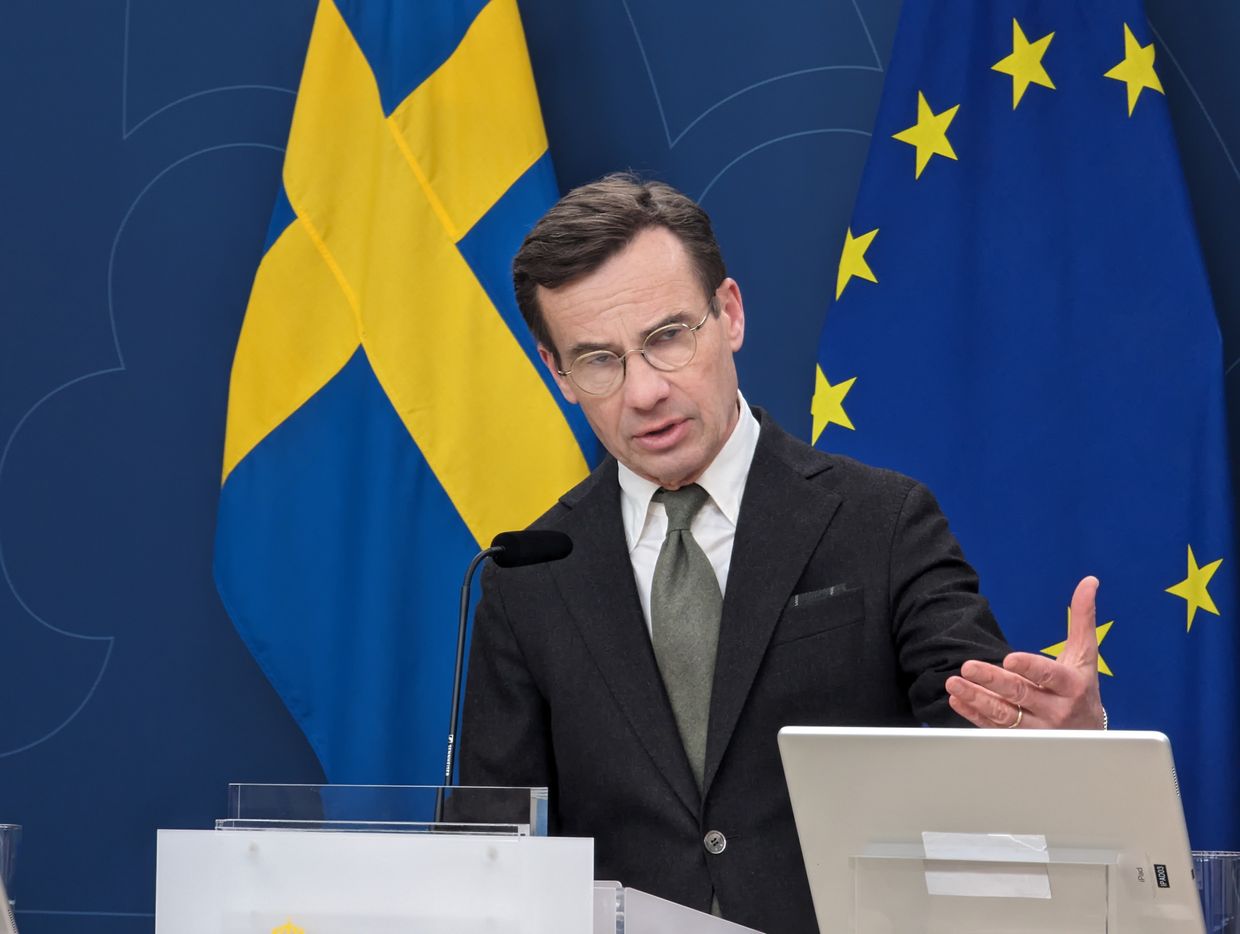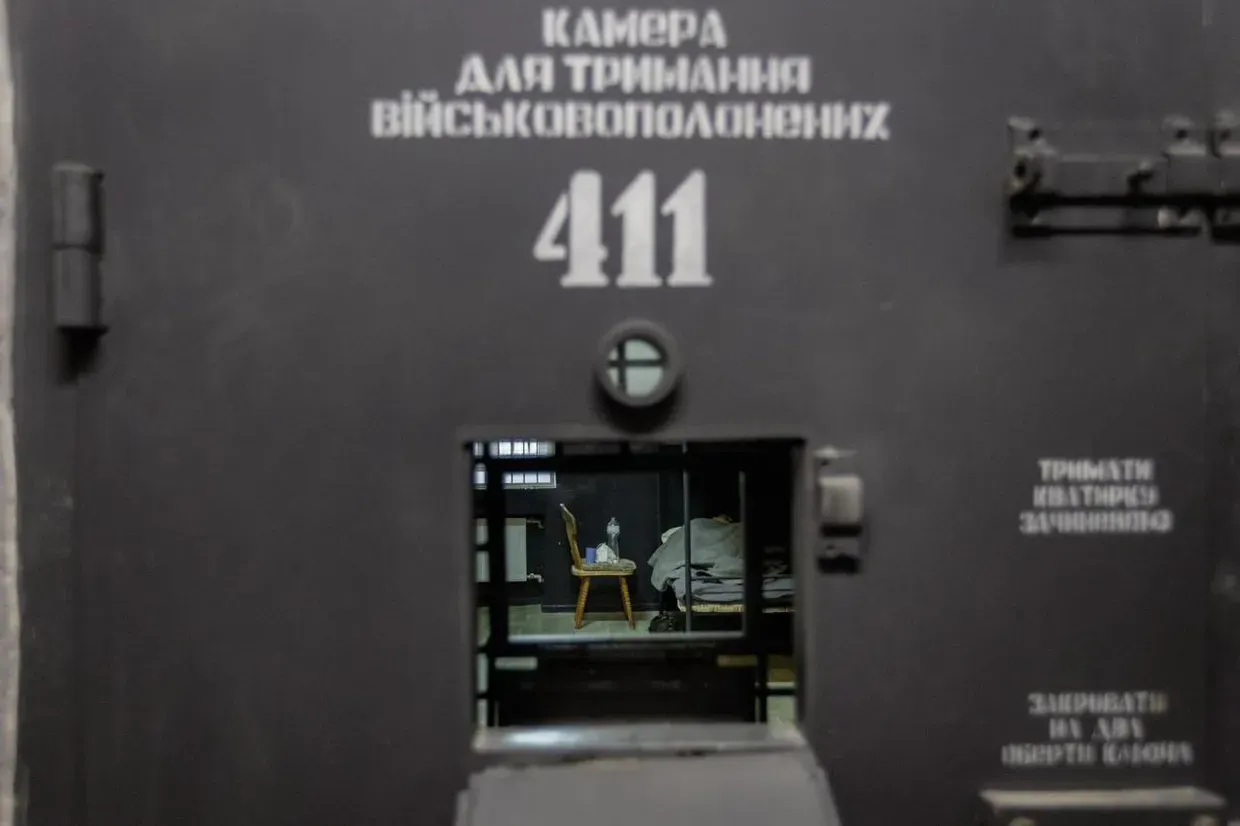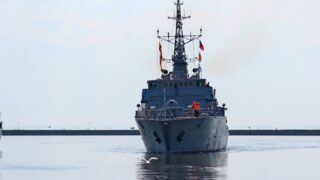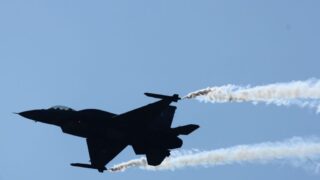
Sweden to increase military presence in Baltic Sea following suspected cable sabotage
Sweden will increase its military presence in the Baltic Sea through the deployment of three warships and a radar reconnaissance aircraft in response to the suspected sabotage of several underwater cables, Swedish Prime Minister Ulf Kristersson said on Jan. 12.
"These warships are placed under NATO command and they are used to create better conditions for a maritime situation picture in the Baltic Sea," Kristersson said on the sidelines of a security conference in Salen.
Over the past six months, several telecommunication and energy cables underneath the Baltic Sea have been damaged, with four telecom cables and one power cable severed on Dec. 25.
Only two of those cables of the Christmas incident were repaired by Jan. 7. Authorities suspect the Russian shadow vessel Eagle S of the sabotage.
Sweden's decisions follows soon after a decision announced by nearby NATO allies Finland and Estonia to send a fleet of up to 10 NATO vessels will guard the infrastructure under the Baltic Sea until April.
The shadow fleet refers to a group of aging, poorly insured tankers Russia uses to avoid international sanctions on its oil trade. Moscow also uses these vessels for espionage.
NATO previously said it is increasing its military presence in the Baltic Sea to bolster situational awareness and deter potential threats.
NATO officials have raised alarm over a growing number of Russian sabotage operations in Europe since the West threw its support behind Kyiv after the outbreak of the full-scale invasion in 2022.
Finland will host a summit for NATO member states with access to the Baltic Sea on Jan. 14 to address regional security threats, including the suspected Russian sabotage, the Finnish president's office announced on Jan. 8.






















